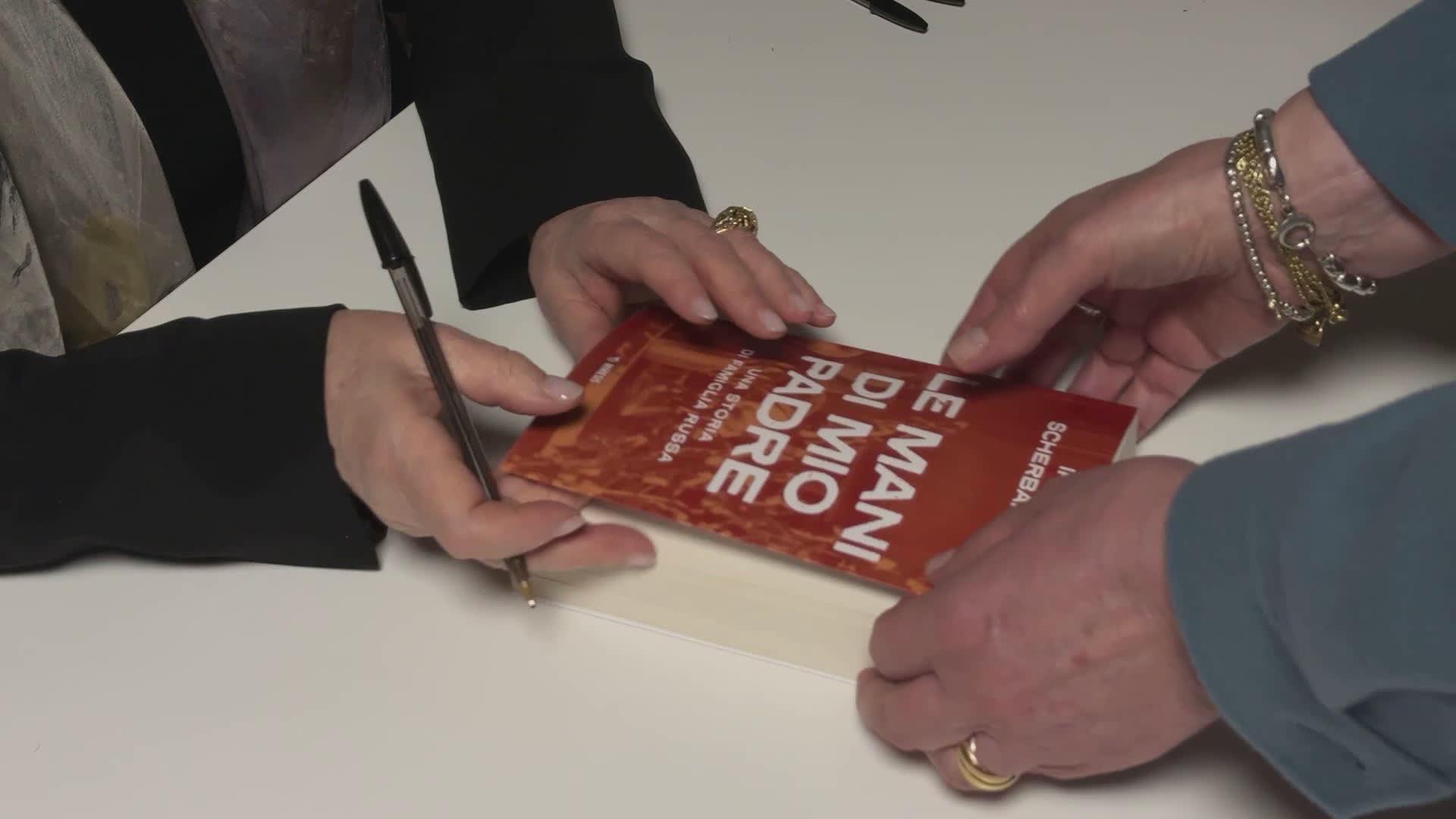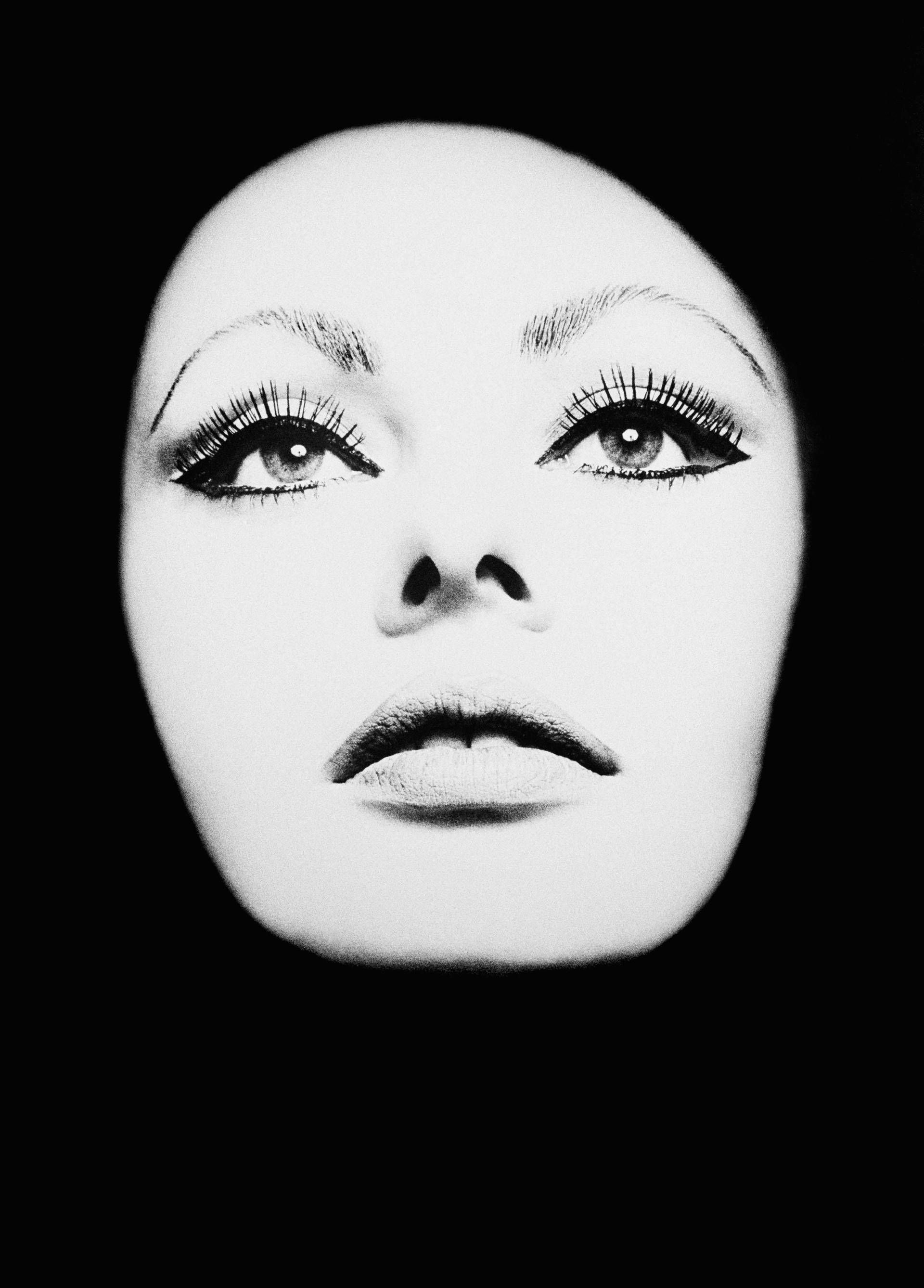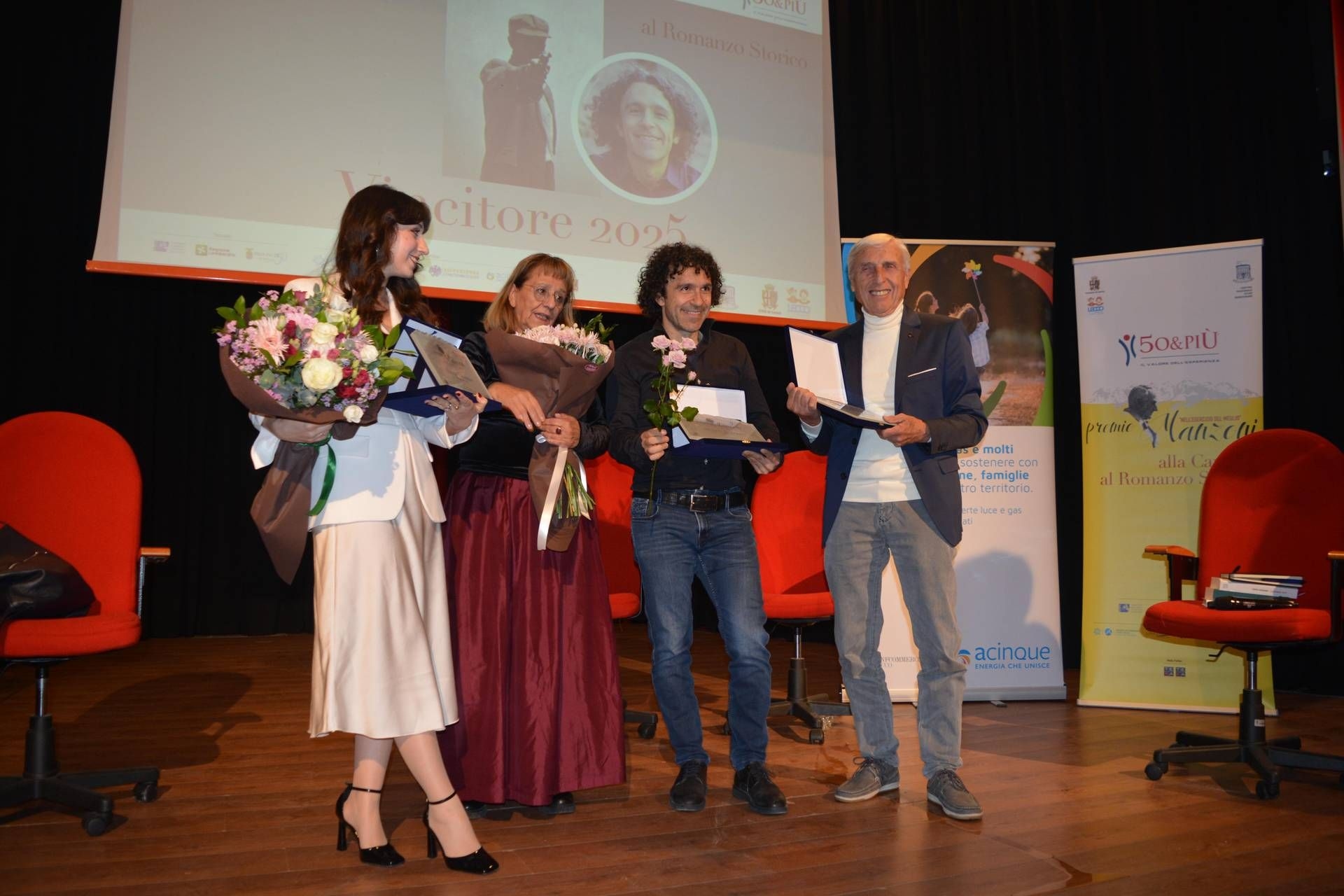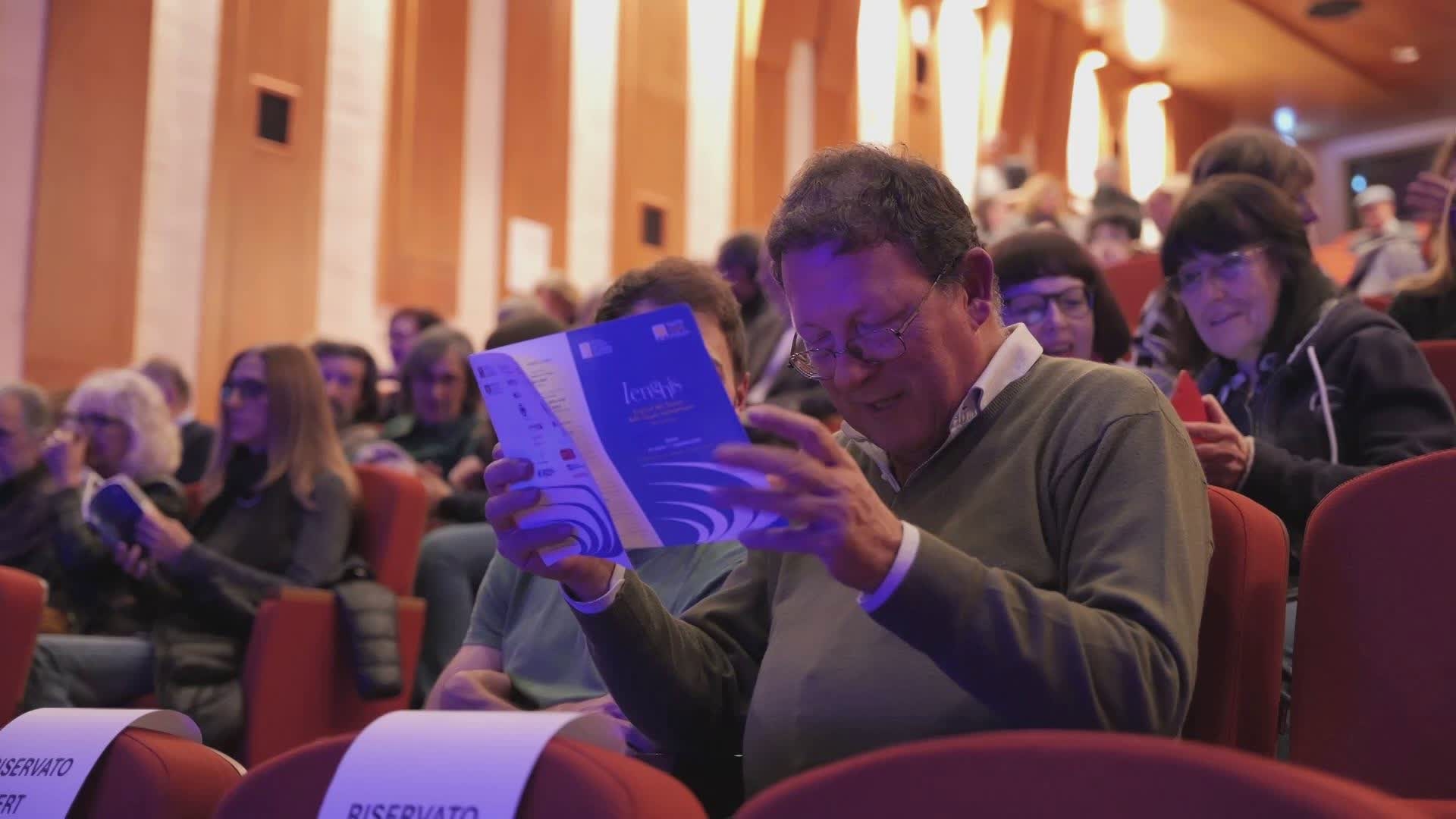The do-gooder midcult that keeps Pasolini alive without understanding him
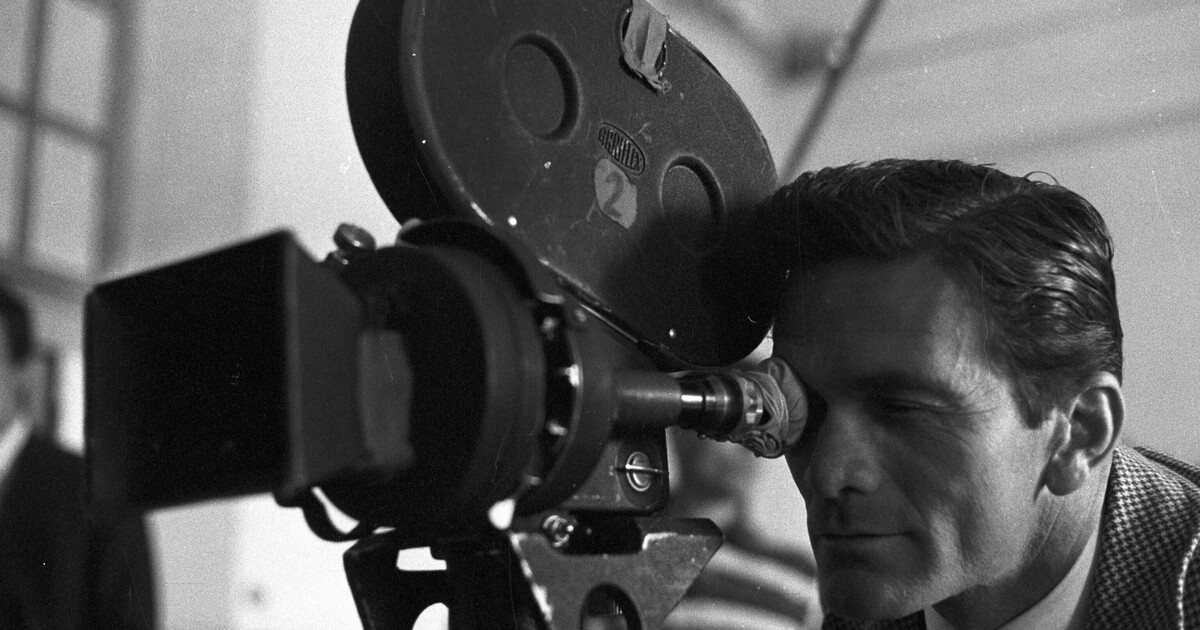
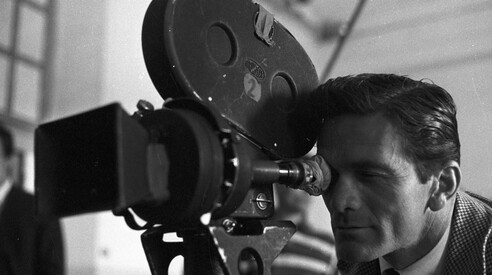
Ansa photo
The elephant's editorial
Its strength, even its poetic one, is that it was very different from how it was later mummified in common parlance. We managed to turn its delinquent, lumpen magic into a vaguely transgressive trinket of the conformist and rampant petty bourgeoisie.
On the same topic:
The nonsense about Pasolini is rampant, never mind. The sacred, the expansion of consciousness, which no one really knows what it means, the censorship, the homophobic mockery, the sanctity and marginalization of a narcissistic bourgeois man of letters martyred, yet integrated and opulently successful, an attack on the average racist, colonialist, consumerist man. It's easy to forget that he was against abortion, against state schools, against television, the pillars and ideological screens of the contemporary world, the main vectors of the philosophy of rights and the internet . He had a beautiful face, a beautiful body to which he was a faithful subject, a tragic and sensual soul. Above all, he was surprising, as happens with provocateurs and unrepentant artists. Had he survived the fatal Idroscalo prank, he would have defended pedophile priests and their solitude, their Christ-like tenderness marred by a virtuism completely alien to him, which is instead the essence of our austere prejudices. He might have investigated faith and called for an end to the separation of church and state, who knows? Pasolini's poetic strength lies in his very different nature from how he was later mummified in everyday language, made available to the average culture of the average man he detested.
He was also very confused, he made so many mistakes; this was his charm as a failed novelist, a poet laureate in political lyricism, a brilliant and exotic filmmaker, a nonentity as charged with reality as his Giulietta Gran Turismo. In fifty years, we have managed to turn his delinquent, lumpen magic into a bibelot, a vaguely transgressive trinket of the conformist and rampant petty bourgeoisie. I swear he's turning in his grave, in Casarsa, and is bored by the mere thought of the monument to him erected for unsuspecting schoolchildren at the Idroscalo, pedestrianized and planted with flowers. His place was not in the Pantheon of beauty, however much his aestheticism lent itself to the erection of a respectable midcult like the one he suffered in life and in death.
His civic passion had a typically Italian quality: transformism. He was a communist, as is customary among men of letters, but an enemy of progressivism and the left; a Catholic and a sinner, but with a Lutheran-like mystical death rattle, a heretical theology of the cross for his church; a leading critic of mass conformism, he fueled it with his social poetics, culminating in his fiery essays and editorials at the end of his career. His contradictions were transversal, popular and individualistic, cultivated with an unprecedented sense of theater and drama. Having died of despair and love, he is kept alive by the cheerful unawareness of a world of castaways unaware of their fate.
More on these topics:
ilmanifesto

